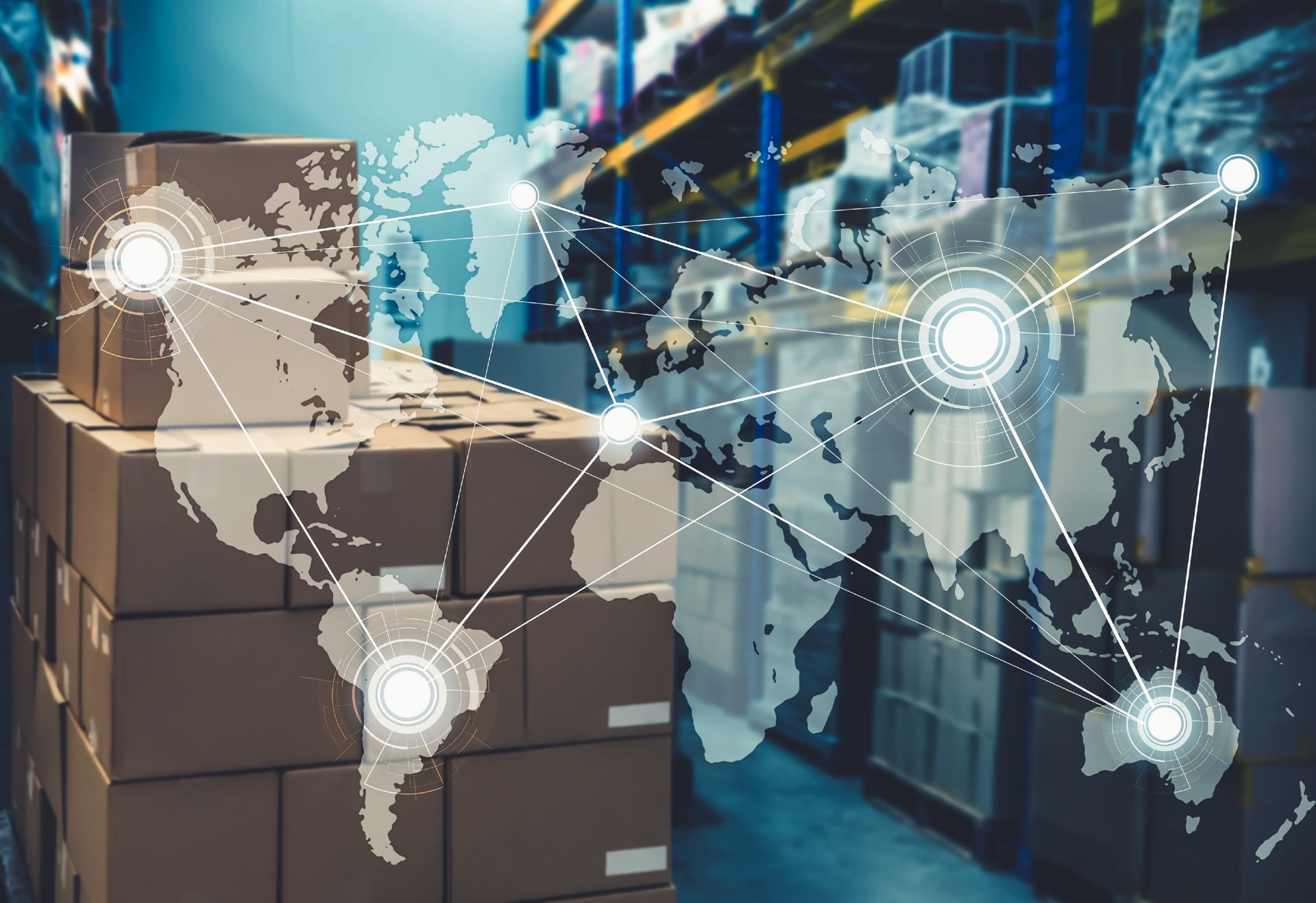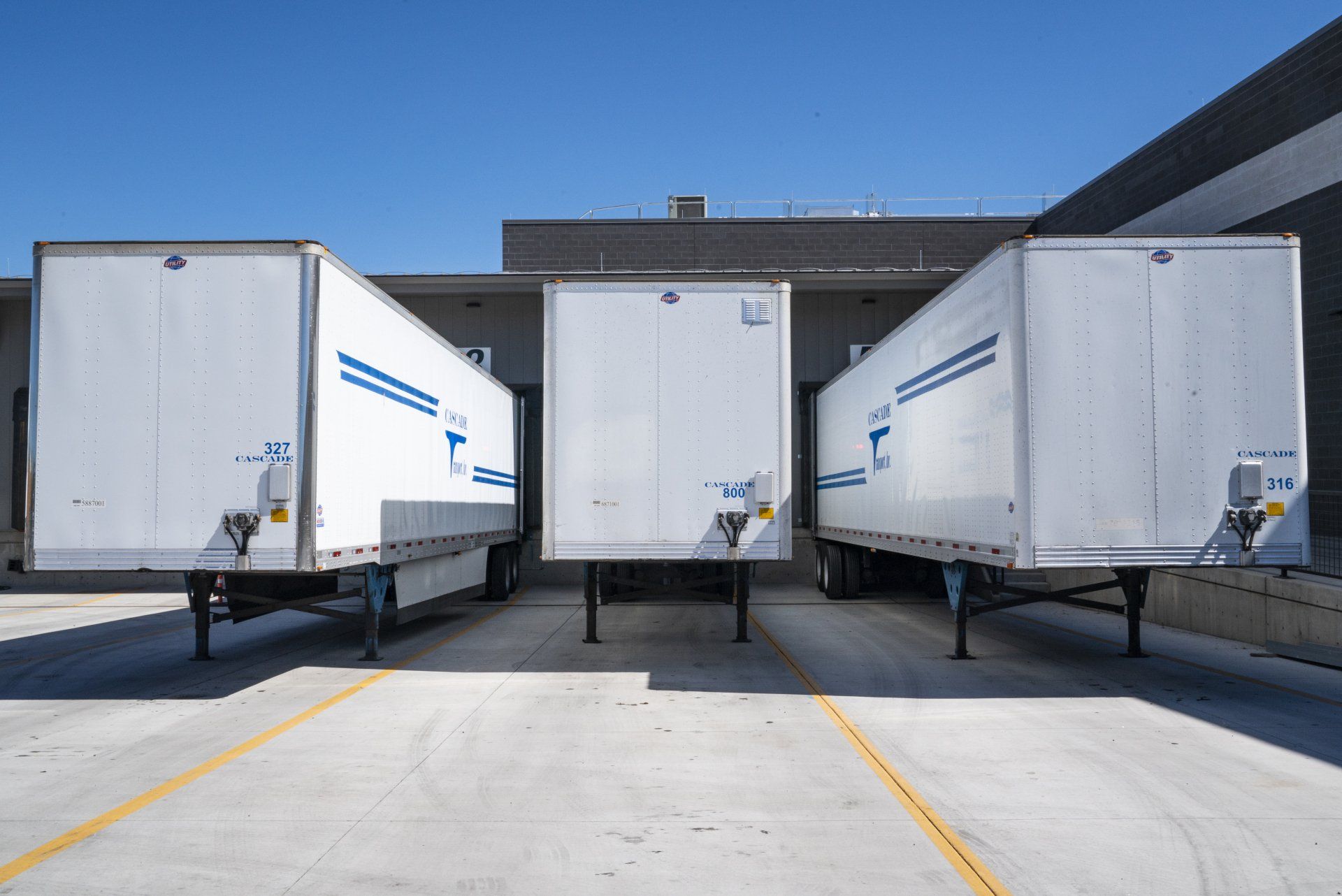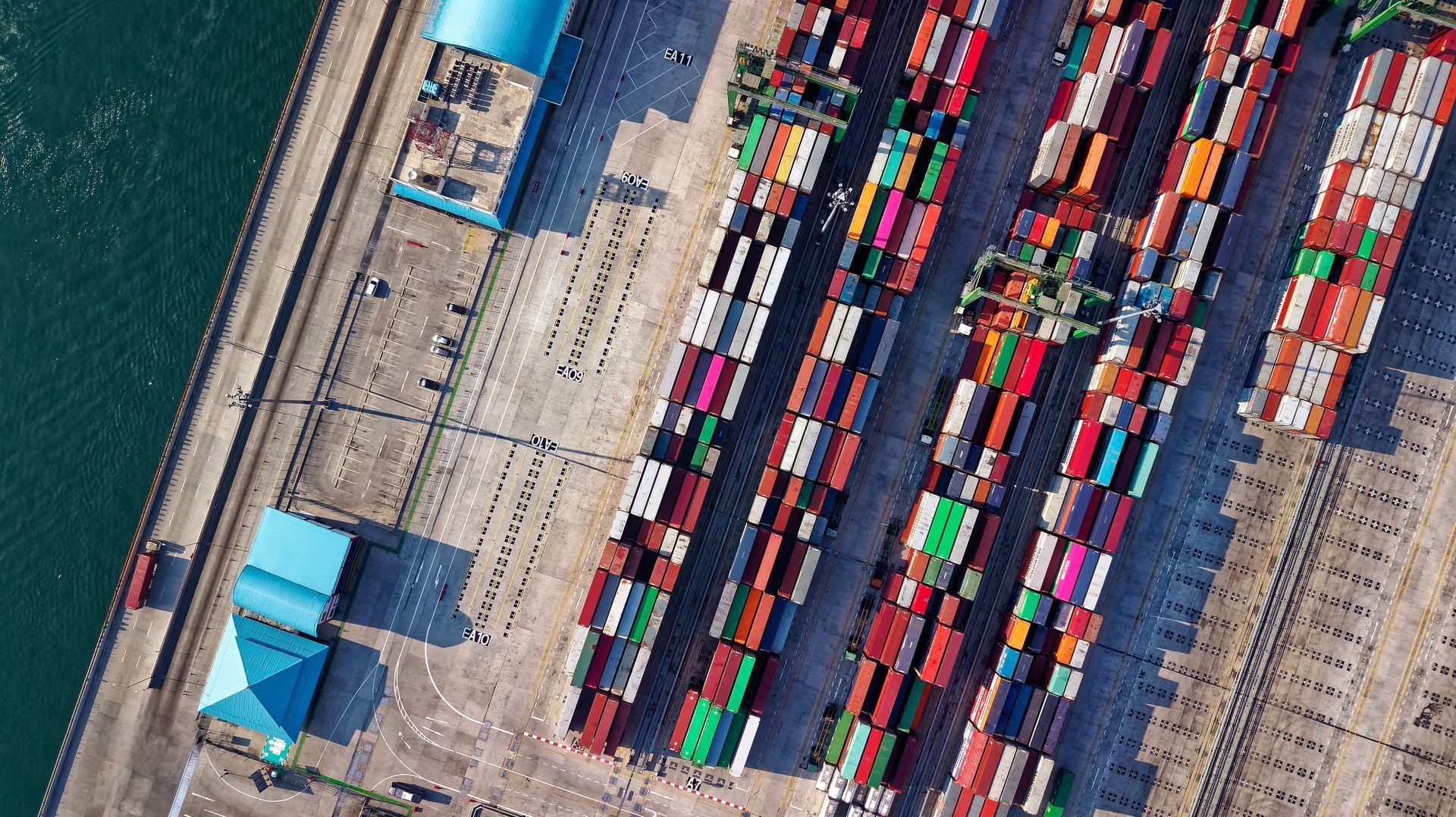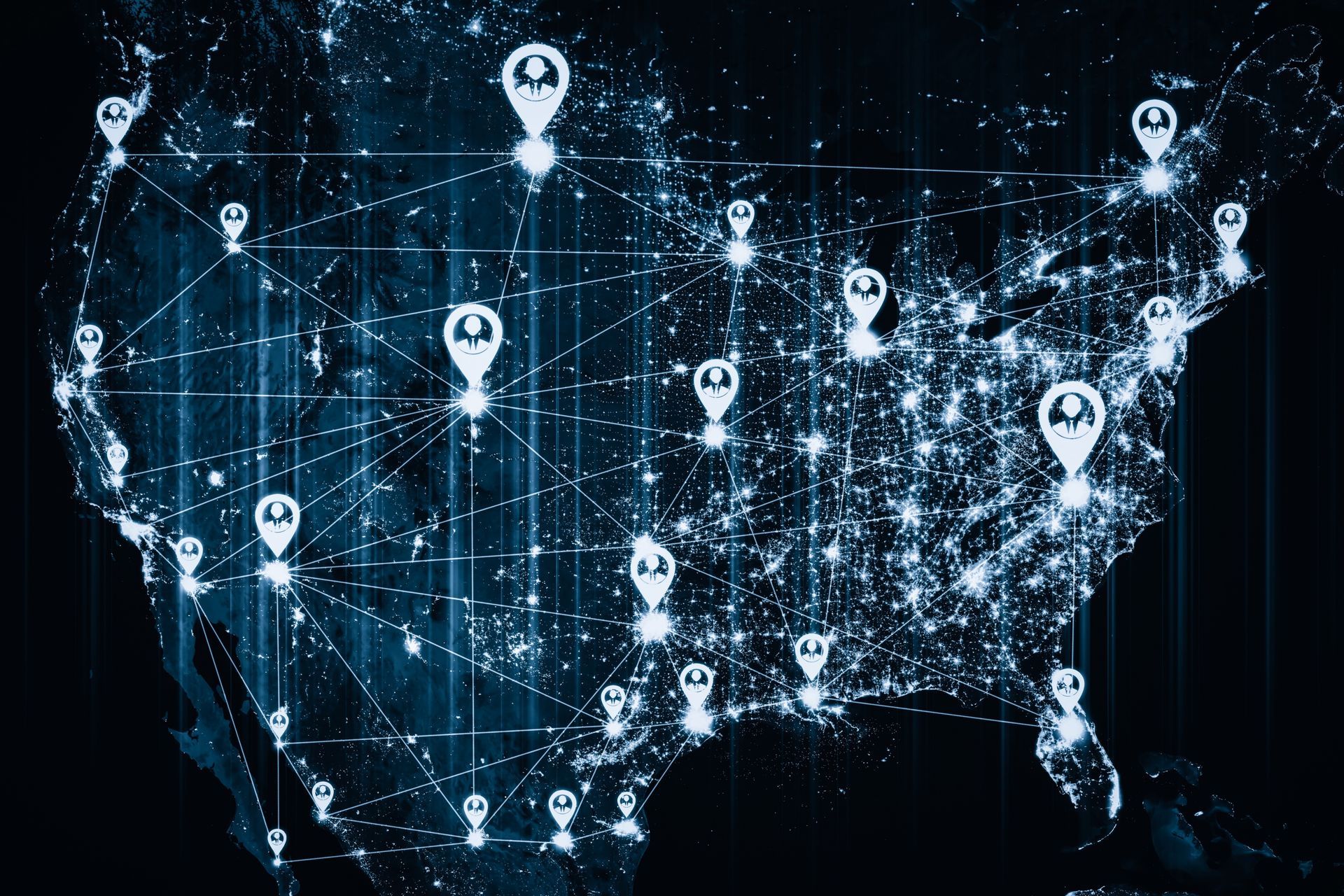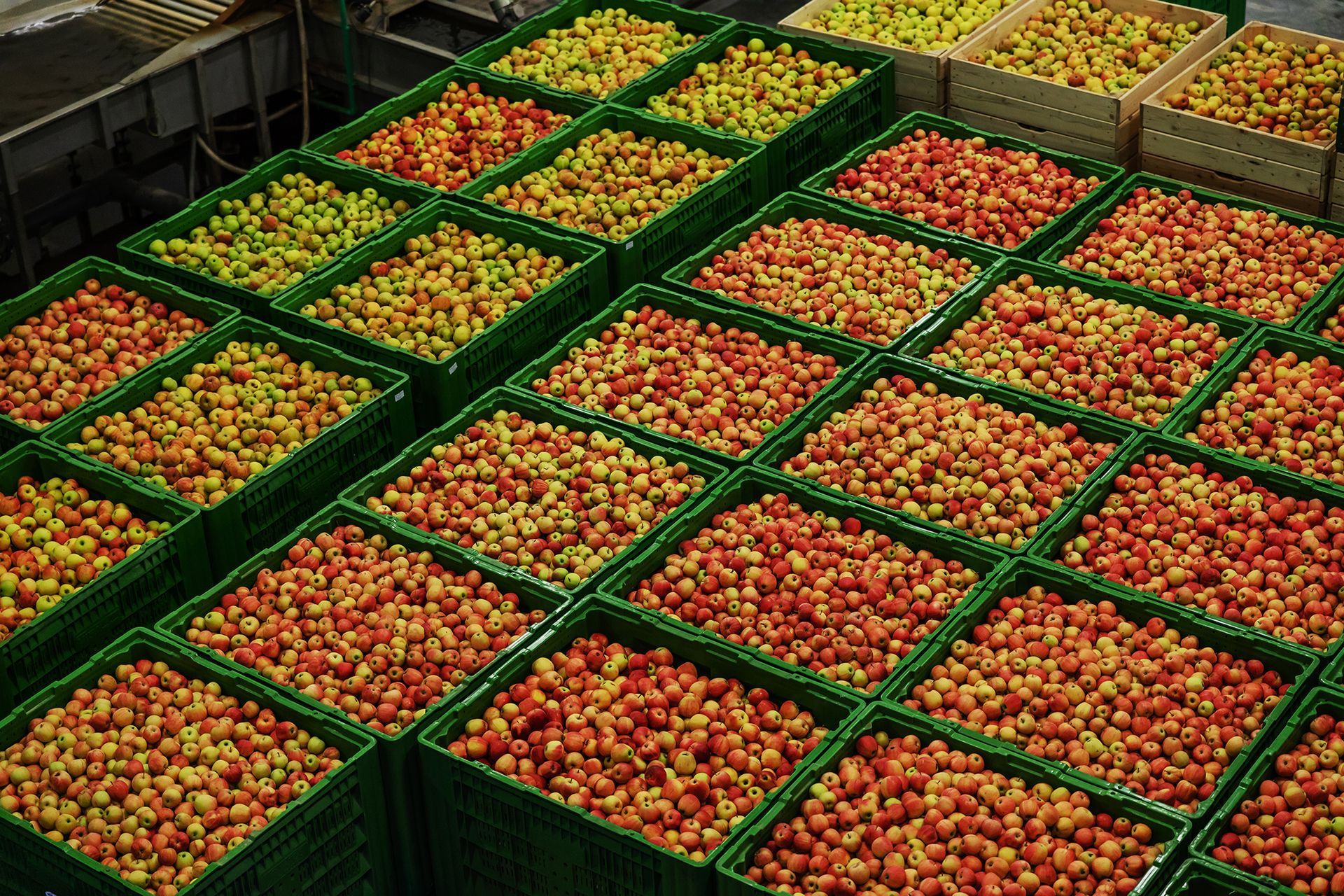How Asset Tracking Solutions Are Helping Develop Greater Supply Chain Resilience
Importance Of Supply Chain Resilience In An Ever Changing Business World
Supply chain resilience has been a hot topic of discussion from the beginning of the pandemic as businesses around the world were grippling with the impacts of continuous disruption and uncertainty. This led many industries to the realisation that supply chain resilience needed to be further developed to assist in remaining agile and robust throughout all operations. This points to the notion that significant changes need to be made for greater visibility to be attained to combat the extensive disruptions that businesses face each and every day.
In this article, we cover the following topics:
- The Impact Of Global Disruptions On Supply Chain Strategies
- Why Are Businesses Turning To Asset Tracking Solutions To Improve Supply Chain Management?
- What Are The Elements Of Asset Tracking?
- Asset Tracking Solutions Building Greater Supply Chain Resilience
- Power Of Digital Transformation & Automation
- The Control Tower Concept
The Impact Of Global Disruptions On Supply Chain Strategies.
Furthering this the logistics industry has faced extensive change over the last few years. During this period the amount of cold chain products that needed to be stored and distributed skyrocketed. With this being said this has further signified the need for end-to-end visibility to be attained throughout the supply chain. The industry is beginning to realise the importance of this with the World Bank Logistics Performance Index rating track & trace as one of the six indicators of strength in which countries globally are analysed against appeal and how practical they are to source from. This highlights that it is only a matter of time before not only significant adoption occurs but the insights from such solutions will be used to back decisions taken and improve current processes in place.
Why Are Businesses Turning To Asset Tracking Solutions To Improve Supply Chain Management?
Supply chains are often complex with raw materials, various parts, goods being manufactured, stored, transported from A to B and are often distributed through multiple channels. This was complex before the beginning of the pandemic before massive disruptions were occurring regularly. Due to challenges experienced during this time, many businesses have changed how they procure goods now opting to go with a more diversified strategy for sourcing goods rather than relying on sourcing products from a single country or region. Due to this amongst other aspects this has highlighted the need for greater visibility.
To attain the desirable level of visibility that many companies require they are turning towards asset tracking solutions to understand vital metrics around how products are handled, stored, and where they are located at any point of time leading them to take a much more proactive approach in their everyday operations.
With supply chains being so diverse and complex the aspect that is often difficult to navigate is the lack of ability to integrate and share data across multiple parties involved in the supply chain. In most cases if an asset tracking solution is utilised it may only be used for one part of the supply chain and often data most likely may not be shared with all other parties involved leading to a siloed approach and lack of visibility throughout the entire supply chain. This makes it difficult to understand how products are handled and stored.
This is particularly significant for perishable, high-value products or goods that are sensitive to environmental conditions. In most circumstances perishable goods need to meet strict regulations to ensure they remain 100% compliant throughout the entire supply chain. If they don’t meet the guidelines, they are deemed unsafe for consumption or use and are then disposed of leading to the product being ordered once again and the end client waiting longer to receive the final product.
By attaining information on vital metrics of products this can lead to more efficient decision making to occur and ultimately for enhancements to occur throughout operations helping to improve sustainable practices, greater resilience, and reduce unnecessary expenditure. IoT today is driving transformation within the supply chain by meeting the visibility and data needs of companies globally allowing them to remain flexible and develop an agile supply chain.
What Are The Elements Of Asset Tracking?
Asset tracking can be broken up into four components to create a comprehensive asset tracking system. These include the asset tracking device, the platform utilised enabling a comprehensive overview of devices and data collected, an ERP allowing for integration between business’ systems, and connectivity allowing data to be transmitted as efficiently as possible. IoT adds a further layer of sophistication to this enabling data to be transmitted in real-time allowing for greater track and trace functions and for decisions to be backed by data.
Furthering this IoT asset tracking solutions are further assisting companies to identify trends, increase efficiency throughout their supply chain and enforce compliance measures in place. This is of particular significance for industries such as food or pharmaceuticals whereby strict standards and regulations are in place to make sure all products remain a hundred percent compliant and complete traceability can be viewed. IoT is helping to connect every dot in the supply chain creating a connected ecosystem.
Asset Tracking Solutions Building Greater Supply Chain Resilience.
Supply chain resilience can be defined as a business’ ability to adapt and withstand change while still being able to deliver their products to users when disruptions occur. Resilience has an important role to play particularly after the beginning of the pandemic where many companies realised that they needed to develop greater supply chain resilience to minimise disruptions throughout their operations. Innovative technologies such as IoT that are being brought to the market are assisting businesses in modernising and developing greater reliability and resilience in their supply chains.
A common strategy for developing greater supply chain resilience is through dual sourcing allowing a business to have an alternative supplier for any important raw parts or sources required to manufacture their products. The main benefit of developing greater supply chain resilience is the ability to create a much lower risk environment ensuring any disruptions experienced have minimal impact on supply chains. A prime example of what can be achieved is highlighted by Bain & Company highlighting companies who made supply chain resilience a commitment to their operations and invested in it was able to drive improvements of up to 25%.
Prioritising developing greater supply chain resilience has become a significant concern for companies with a survey conducted by McKinsey estimating that 90% of business leaders are committed to developing greater supply chain resilience and investing in developing greater resilience to ensure their operations are future ready. Visibility achieved through real-time data collected is fundamental to business operations across a wide range of industries. For example, in the pharmaceutical industry counterfeit drugs can significantly impact a business’ operations. IoT can assist in creating a single source of truth and verify key metrics across the supply chain ensuring complete traceability is achieved.
Furthering this the use of integrated cloud connected platforms helps remove siloed data from the supply chain, connecting each and every stakeholder that needs to access vital data on assets.
Power Of Digital Transformation & Automation.
One core focus of many businesses globally is the streamlining of processes to improve efficiency and remove manual tasks as much as possible. Within the supply chain elements such as siloed data, inflexible systems, and lack of visibility often leads businesses towards greater digital transformation and automation throughout their operations. This isn’t a simple one size fits all or an overnight fix. Commonly businesses gradually transition towards certain technologies and introduce steps towards integrating them allowing for a smoother implementation. This usually involves multiple technologies and vendors to ensure risk is minimalised and a range of enhancements can be made to everyday functions. Communication and collaboration between all supply chain stakeholders is driving digital transformation allowing greater agility and supply chain resilience to be achieved. With such rapid advancements with today’s technology, data can be leveraged to a much greater degree in order to help businesses achieve complete end-to-end visibility.
Being able to identify where any asset or product is within the supply chain at any point of time will enable greater decision making to take place and for accountability to quickly be assessed. As highlighted by
Bain & Company a new order of importance is coming into place with a relatively equal balance between reliability and efficiency with a growing importance on resilience and sustainability. Visibility has a key role in how these can be achieved together, in essence it all comes back down to the data collected and the ability to take proactive decisions throughout everyday operations in addition to making decisions based off the data gathered.
The Control Tower Concept.
Over the past few years, the uptake of the control tower concept has been significant allowing greater agility and supply chain resilience to be achieved. In particular large logistics players are implementing their own control towers as a value-added tool not only for themselves but their clients in order to attain a seamless collaboration between all parties across the supply chain at a single point. Control towers can have several aspects implemented based on the maturity of the concept developed and implementation. Some common aspects include collection of real-time data and the use of this to predict events of disruptions, and the ability to notify and take corrective action as soon as possible when set parameters are broken. Industry leaders are utilising this capability to remain competitive, agile and develop greater supply chain resilience as a whole.
How Does This Align With Adapt Ideations & Their Partners
Recently Adapt Ideations and Toll Group announced their innovation partnership. Adapt Ideations’ active asset tracking solutions are featured in Toll Group’s recently launched innovation centre in Singapore. The strong partnership between both parties indicates commitment to helping businesses achieve complete visibility of assets and will revolutionise how this is achieved and the industry standards of track and trace technologies. With innovation being a core focus amongst Toll Group’s strategy, Adapt Ideations and Toll Group look forward to continued collaborative partnership.
Get in touch today at enquiries@adaptideations.com for more information on our innovative asset tracking and monitoring products.
Supply Chain Resilience Frequently Asked Questions
Conclusion.
As we've seen, supply chain disruptions can have a ripple effect on businesses all throughout the world. In order to mitigate these risks and ensure that your business is as resilient as possible, it's important to focus on risk management strategies and develop a comprehensive plan that takes into account global disruptions. This means ensuring that you have visibility into your entire supply chain and are able to quickly respond to any disruptions that may occur. At Adapt Ideations, we specialise in providing active asset tracking solutions that give you complete visibility into your supply chain so you can identify and respond to delays, disruptions and violations of set conditions before they cause significant damage.
Enquire to find out more about our innovative solutions and how they can be utilised at enquiries@adaptideations.com
Share Our Post.
Awards & Recognition
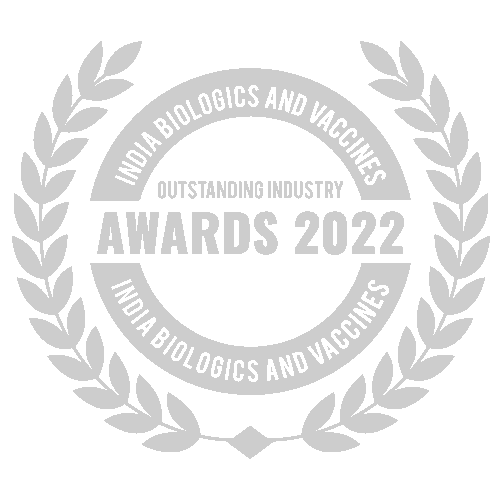
Best Temperature Monitoring Solution Provider
Awarded by India Biologics & Vaccines Outstanding Industry Awards 2022
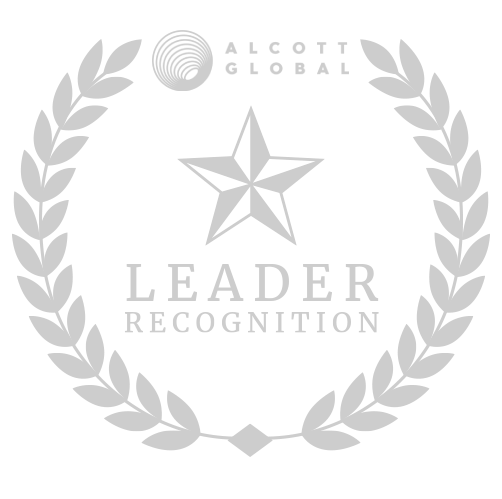
Adapt Ideations Recognised As A Supply Chain Leader
by Alcott Global on Supplify's Supply Chain Tech Map 2.0
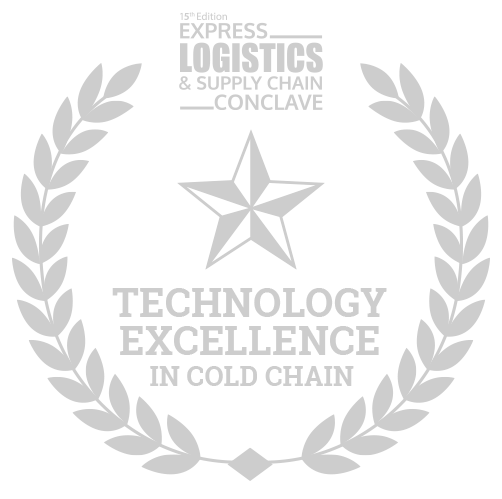
Related Articles.

